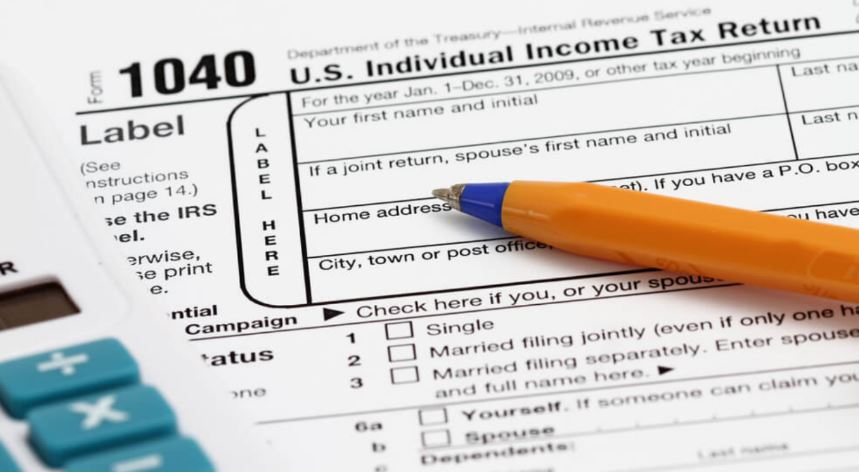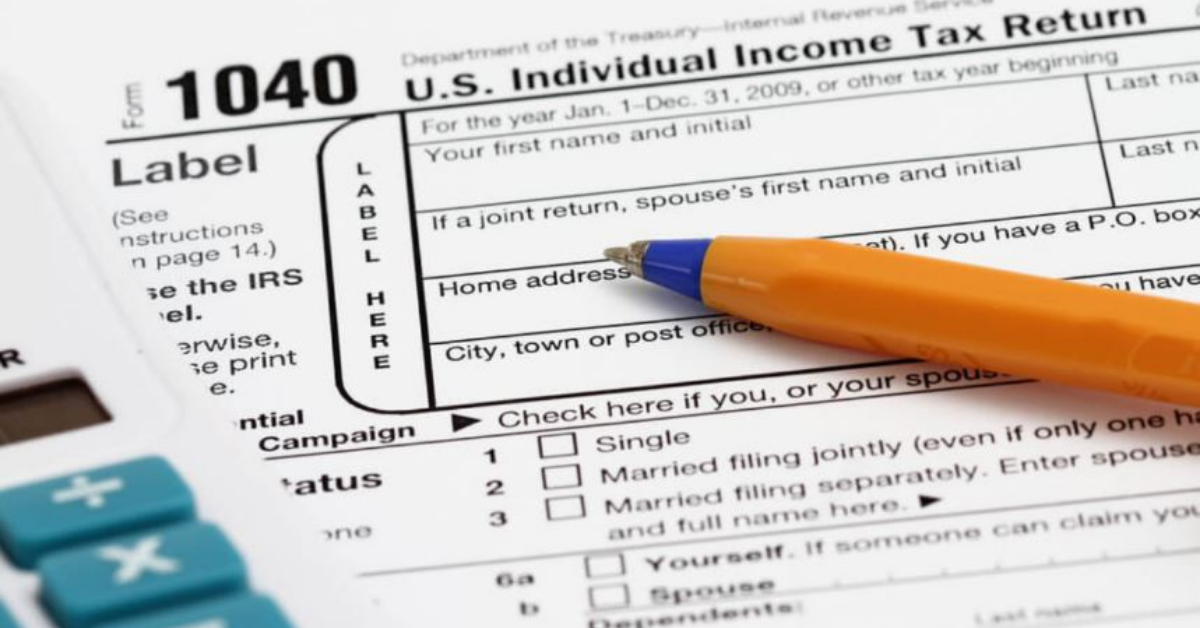Through the Justice Initiative, President Biden has made it clear that bringing clean energy benefits to marginalized and low-income communities is a priority. Right now, low-income households are experiencing up to three times more energy stress (the percentage of household income spent on energy bills) than high-income households. Solar on the roof is one of many important solutions available to reduce this burden. If financing, it can immediately reduce household energy bills in many parts of the country with no money left over.
Unfortunately, the rooftop solar power system has disproportionately benefited high-income and white residents. While low- and middle-income (LMI) residents make up 43 percent of the U.S. population, only 21 percent of residential solar systems benefited these communities in 2019. Additionally, nearly half of communities with a majority of Black residents did not have a single solar system installed.
This discrepancy is exacerbated by the unfair design of existing tax credits that provide incentives for residential solar energy. The Solar Investment Tax Credit (ITC) offers a minimal benefit to those who have little or no federal income tax — and therefore have little use for a tax break.
In its version of the Reconciliation Act, the US House of Representatives included a Section 48 (ITC 48) direct payment option for renewable energy in the corporate and utility sectors. This would allow companies without sufficient tax liabilities to fully and directly utilize the ITC and accelerate the deployment of renewable energy. Importantly, however, the current billing language does not extend the same direct payment provisions under Section 25 (ITC 25D) to residential solar installations.
It’s important that Congress moves ITC 25D from a tax break to direct payment to help bring clean energy to more Americans, especially LMI Americans. Specifically, the change would:
Enable significantly more homeowners to take advantage of the tax credit, enable clean energy sources to reduce LMI energy loading, and bring solar jobs to LMI communities.

Residential Direct Pay makes the tax credit available to many more households
The House’s current proposed version of the Section 25D residential tax credit can offset the upfront cost of a typical photovoltaic array by about $5,000 (assuming $3.30 per watt installed and a 5 kW array). This discount would be unattainable for almost all LMI households and even many middle-income households, as their tax burden is often below this threshold.
Around 7 in 10 American taxpayers would not have enough annual tax liabilities to receive the full ITC 25D benefit, according to 2018 data from the IRS. And the more than 4 in 10 Americans who do not have any state income tax liability would at all see zero benefits.
Consider a married couple with one child who has a combined income of $60,000 per year (about 70 percent of the median family household income). Given their annual federal tax liability of around $1,500, they would see only 30 percent of the House’s current proposed residential solar tax credit in the year they bought the system. Inequalities are even greater for low-income households. If the same household earned $45,000, they probably wouldn’t receive an achievement.

While the current ITC 25D includes a carryforward rule that allows taxpayers to apply the remainder of the credit in future years, most homeowners don’t realize this complicated rule. Even with this policy, LMI households probably can’t wait years to receive the full amount, and the bottom half of earners still get little to no benefit from the incentive.
Residential Direct Pay can help LMI residents reduce their energy burden
Switching the ITC 25D from a tax break to direct payment would not only lower the upfront cost of solar for residents but could also be the catalyst for LMI homeowners in many states to reduce their energy bills. For the more than 100 million American homes without the tax liability to use the full ITC 25D, changing this benefit to direct payments could mean the difference between a reduction in solar rooftop installation or an increase in their bill.
For LMI households not subject to federal taxes, an average 20-year rooftop solar loan would reduce their energy burden in just 19 states under the current guideline, according to analysis with RMI’s forthcoming Residential Solar Calculator. Direct payments for ITC 25D would bring that number to 38, doubling the number of states where families below the state income tax limit could use a solar loan to save money without saving money.
This change would also reduce utility bills by around 20 percent. This could significantly accelerate the solar market in these 19 additional states and bring additional benefits to more LMI communities.
Direct pay from homes is essential to bring solar jobs to LMI communities
By modifying the ITC 25D for direct payments and opening up the solar market to a previously untapped portion of the country, the solar industry can also bring economic development and employee benefits to LMI communities.
If LMI communities could match the level of annual rooftop solar installations currently seen in high-income neighborhoods, an additional 1.2 GW of the residential solar economy could occur in LMI communities each year. This would generate nearly $4 billion more in economic activity (assuming $3.30 per watt installed) and over 26,400 additional jobs per year (assuming 22 residential solar jobs per MW). To achieve this full effect, education in solar professions is also essential to ensure a smoother and fairer transition to cleaner energy sources while maximizing economic benefits.
It’s time for Congress to take action
Right now, Congress has a unique opportunity to design equitable climate policies that ensure all communities have access to the benefits of renewable energy. If you don’t know how many solar panels you need to install, the solar power calculator may be able to help you.
Fortunately, the momentum is increasing. The Renewable Homes for All A coalition was recently formed to push for this change to the home solar tax credit, the 25 US senators have called for leadership to be involved in the reconciliation. The coalition includes more than 350 environmental justice advocates, environmental justice organizations and renewable energy companies.
For too long the ITC 25D has made the use of solar unfair. To level the playing field and reduce energy burdens for lower-income Americans, all households should have equal opportunities to access residential solar incentives. This simple change can lead to a more equitable use of solar, bringing economic benefits, labor, health and emissions to the communities that need it most.










